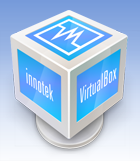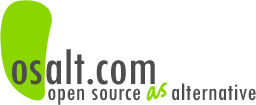 Innotek released version 1.5.0 of VirtualBox, their open-source virtualization product, the other day. In addition to many fixes and improvements, this version includes seamless window virtualization when running Windows in Linux so you can have Windows applications running right beside Linux ones.
Innotek released version 1.5.0 of VirtualBox, their open-source virtualization product, the other day. In addition to many fixes and improvements, this version includes seamless window virtualization when running Windows in Linux so you can have Windows applications running right beside Linux ones.
I guess you could call this the summer of virtualization with all the buzz about saving energy via server consolidation, running Windows in Mac OS X with Parallels Desktop and VMWare going public with extraordinary gusto. However, what if you want to get into the game without using closed source software or without spending a lot of money while having support for many platforms? That’s where VirtualBox comes in.
VirtualBox runs on Windows, Mac OS X and Linux and enables you to use a variety of guest operating systems in it including DOS, Windows, Unix, Linux, Solaris and OS/2. As I mentioned before, when running Windows inside VirtualBox on Linux, through seamless virtualization Windows applications will run right beside Linux ones on the Linux desktop. For other operating system combinations, the guest OS will still have its own desktop window like it did in VirtualBox 1.4.0.
If you’re currently running Linux, many distributions already have VirtualBox available for installation from their software repositories. For example, in Ubuntu, Kubuntu or Xubuntu, just run Synaptic or Aptitude and choose VirtualBox from the list of packages. Otherwise, you can get it from the VirtualBox download page.

